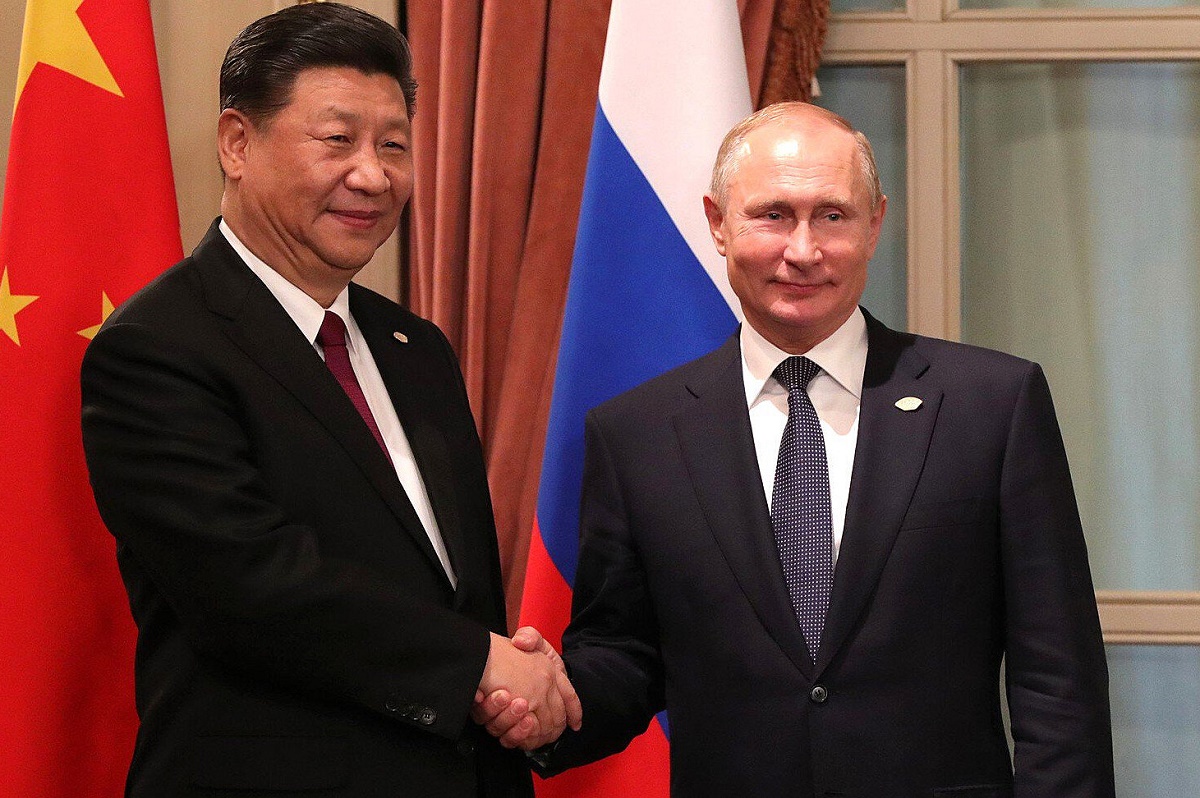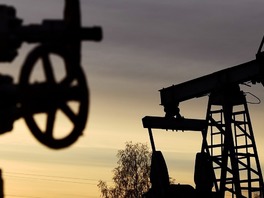China's economic growth has been decelerating over the past year, particularly impacted by the lingering effects of the COVID-19 pandemic. Growing concerns suggest challenging times ahead for the Celestial Empire, with speculations of a potential collapse. Apostrophe explores the key issues affecting the world's second-largest economy and assesses their implications for both China and other nations, including Russia under Putin.
The once awe-inspiring rise of the Chinese economy, once watched with a mix of admiration and apprehension, captivated global attention. Analysts pondered when it might surpass the US economy, particularly considering its dominance in purchasing power parity since 2014. However, recent discourse surrounding China paints a different picture, with concerns of slowdown, stagnation, crisis, and even collapse swirling around the world's second-largest economy.
What is really happening in the Chinese economy? Is it on the brink of a full-scale crisis?
Oleksiy Kusch, an analyst at the "United Ukraine" analytical center, notes that, akin to most nations, China experiences phases in its economic trajectory—expansion, deceleration, downturn—though it has not encountered a downturn thus far.
‘Unlike the American economy, which primarily relies on liberal market mechanisms, the Chinese economy blends private and state regulatory frameworks’, Kusch explains. ‘This hybrid model influences how each of these countries responds to economic cycles. While a liberal economy may experience recessions due to market forces, China's state interventions mitigate the likelihood of severe downturns. Consequently, issues that might trigger a recession in the US often result in a slowdown in China’.
An effective stimulus tactic involves injecting substantial funds into the economy through the banking system, a strategy employed by various governments globally. Notably, the United States implemented a program known as ‘quantitative easing’ during and post the 2008 ‘great recession.’
Yet, China consistently stands out for its sheer magnitude. Towards the close of the previous year, the People's Bank of China injected trillions of yuan into the ‘policy banks,’ predominantly funding government-approved initiatives to bolster the economy. While the regulator initiated fund injections into the banking sector amid the onset of the COVID-19 pandemic, the amounts surged notably in 2023, particularly in recent months. In December alone, net inflows totaled 350 billion yuan (approximately $50 billion). It is evident that the Chinese government has no intentions of halting this proactive approach.
‘Beijing remains resolute, declaring a rise in government spending to fortify domestic demand. The strategy extends beyond incentivizing real estate acquisitions via mortgages to encompass stimulating purchases in automobiles, household appliances, and furniture’, economist, former member of the Council of the National Bank of Ukraine Vitaly Shapran told Apostrophe. ‘This move aims to counterbalance the dip in global demand for Chinese goods attributed to heightened global inflation and budget shortfall’.
Getting on brings no joy
A primary factor triggered challenges in China's economy is the decline in global demand for Chinese goods, leading to a drop in exports. Although this trend is not new, its adverse impacts are now palpable in the country. To address this issue, Chinese authorities are pushing to boost domestic consumption, notably by expanding credit. However, challenges persist even in this approach.
‘The consumption sector is impeding growth, evident in the December dip in annual retail sales expansion from 10.1% to 7.4%’, Maksym Oryschak, an analyst at the Exchange Technologies Center, tells Apostrophe. ‘Concurrently, the unemployment rate rose to 5.1%, up from 5% the previous month. Chinese consumers exhibit cautious spending habits, reflected in sluggish activity and negative price dynamics, with deflation at 0.3% year-on-year—a clear signal of economic challenges. The downturn in the Chinese stock market and the January 2024 bankruptcy of major developer Evergrande, validated by the court's decision to liquidate the company, underscore these issues further’.
Major issues in the Chinese economy stem from challenges in the real estate sector, historically constituting up to 25% of the nation's GDP, alongside concerns in the stock market.
‘These challenges may translate into banking issues. While the United States contends with high inflation, China is currently grappling with deflation, a consequence of contracting domestic solvent demand’, Kusch explains.
China's underlying challenges trace back to demographics. The ‘one family - one child’ policy, active from 1979 to 2015, has significantly aged the population. Notably, China lost its status as the world's most populous nation to India in 2023, a country unaffected by aging concerns. Demographers anticipate continued aging in China over the next years and decades, projecting adverse effects on the nation's economy.
It will hook everyone
Yet, an immediate collapse in the Chinese economy is not anticipated.. A substantial deceleration is on the horizon. The International Monetary Fund predicts that by 2028, the growth rate of China's GDP could decline to 3.5%.
‘If it reaches 3%, there will be widespread assertions of a monumental crisis unfolding in China’, Kusch says.
Certainly, a 3% growth rate is merely fortunate for most developed nations, considering the U.S. GDP expanded by 2.5% in 2023, while Germany experienced an overall decline of 0.7%. However, for developing countries like China, such rates fall short of sufficiency.
Hence, any substantial slowdown in the Celestial Empire will reverberate across the globe due to the magnitude of its economy.
‘Its scale is so large that a crisis in the PRC will certainly trigger a world crisis. No one will be able to turn away from it’, Horyschak warns.
Putin's Russia, which has become noticeably closer to China, after the invasion of Ukraine, probably will not succeed in this either. Yet, this influence will not be catastrophic.
‘China procures raw materials from Russia. However, the logistical throughput for supplying Russian energy resources to China is much lower than the potential decrease in demand from the PRC’, Kusch says.
Illustratively, he pointed to the Power of Siberia pipeline, supplying Russian gas at a mere 23 billion cubic meters in 2023—significantly less than China's total resource consumption.
Yet, Chinese tong zhì men will press Putin for a more substantial discount on gas prices, along with concessions on oil and other raw materials.
‘Russia will have to comply with Beijing's pricing directives, inevitably exerting a detrimental impact on the Russian economy,’ Vitaly Shapran highlights.
‘As the demand for energy diminishes, oil and gas prices will decline, stripping the Russian Federation of a substantial portion of its export revenues’, Oryschak concludes



